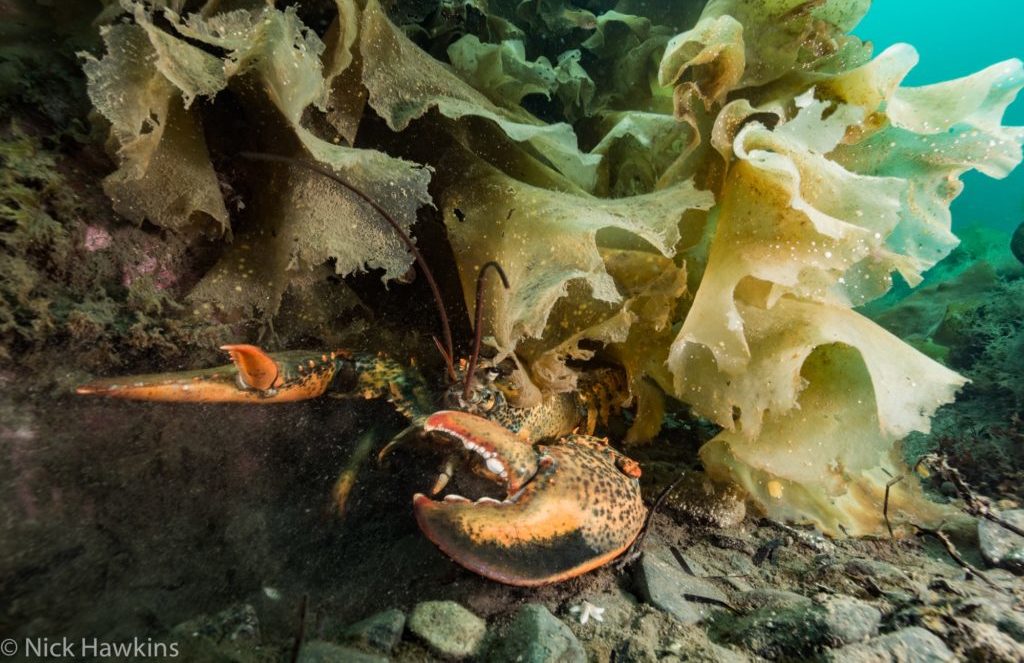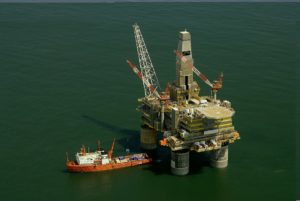Oil and Gas, still a risk to protected areas
Marine protected area process undermined by oil and gas activity say Canada’s leading environmental organizations
November 15, 2018 | 2 min. read

K’jipuktuk [Halifax] November 13, 2018 — Protecting Canada’s marine and coastal environment has been a significant priority for the government of Canada, however many sites labelled as protected remain vulnerable to industrial activity. Last week, the Canada-Newfoundland and Labrador Offshore Petroleum Board (C-NLOPB) awarded new oil and gas leases within the Northeast Newfoundland Slope Conservation Area, one of the largest conservation areas in Canadian waters, covering 46,833 km2.
Conservation organizations are calling on the Canadian government to adopt a comprehensive approach to protected areas where the boundaries are recognized and respected by all sectoral management agencies.
“While we have lauded the significant progress made to protect areas from industrial activities in all three oceans, the decision to award oil and gas leases in one of the largest areas that is supposed to be protected undermines much of that progress,” says Susanna Fuller of Oceans North. “Canada’s leadership on oceans protection should include protection from industrial activities in areas considered protected.”
A federally appointed panel to provide advice on protection standards completed its work in October 2018 and recommended that Canada abide by international guidelines to ensure that no industrial activity, including oil and gas activity, should be allowed in protected areas. For areas that are protected under the Fisheries Act, known as “other effective conservation measures” (OECMs) or Marine Refuges, the panel suggested that industrial activity would be at the discretion of the Minister of Fisheries and Oceans, sparking concern from conservation organizations.

“The fishing industry has agreed to set aside large areas for protection and other industries should have to abide by protected area boundaries, otherwise there is a clear double standard,” says Mary Aliston Butt, Marine Coordinator at Canadian Parks and Wilderness Society, Newfoundland.
This week, countries of the world meet in Egypt to report on progress towards biodiversity protection at the Convention of Biological Diversity 14th Conference of Parties. Canada is expected to report on its progress towards marine conservation targets, aiming to protect 10% of national waters by 2020. It is expected that international standards on other effective conservation measures will also be adopted.
“This flagrant move – the awarding of oil and gas exploration leases in a marine refuge – highlights the urgent need for consistent standards across all of Canada’s protected areas,” says Megan Leslie, president and CEO of WWF-Canada. “Adopting international conservation standards will ensure other protected sites aren’t vulnerable to damage from development.”
– END-
For more information:
Susanna Fuller, Senior Project Manager, Oceans North
c. 902-483-5033
Mary Aliston Butt, Marine Coordinator, CPAWS NL
c. 709-726-5800
Antonella Lombardi, Communications, WWF Canada
Background Information:
Map of Northeast Newfoundland Shelf closure (announced December 2018), with recent areas included in the 2018 call for bids by the Canada Newfoundland Offshore Petroleum Board, and lease areas awarded in November 2018.